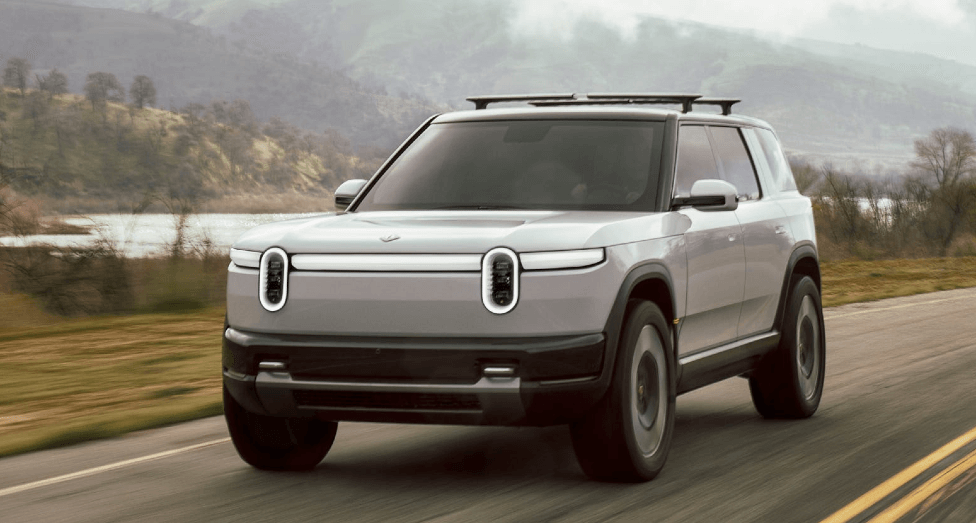Rivian CFO Says Losing EV Tax Credits Forces Automakers to Cut Prices
The new Rivian R2 affordable EV can’t hit the market soon enough after the expiration of the federal EV tax credit. What does this mean for automakers?
With federal EV tax credits gone, Rivian is shifting strategy. CFO Claire McDonough told a Reuters conference in Detroit that the end of the $7,500 tax credit means the company has to bring more affordable vehicles to market. Rivian’s answer is the R2, a midsize SUV starting at $45,000 that launches next year. That’s a big drop from current Rivian prices, which start above $70,000.
The EV tax credit elimination impact creates a post-tax credit EV strategy
The tax credit expired September 30 under Trump’s tax and budget bill, and EV demand is expected to cool without federal incentives. Rivian recently laid off 4.5% of its workforce, cutting about 600 jobs. CEO RJ Scaringe told employees the company had to rethink how its scaling operations given the changing landscape.
Which buyers does the Rivian R2 affordable EV target?
McDonough says the R2 opens up a much larger pool of potential customers who couldn’t afford current Rivian models. The vehicle targets younger buyers and older customers who don’t need a three-row SUV. Rivian employees have been building R2 prototypes in California, and the vehicle is going through validation and durability testing. The company added 1.1 million square feet to its Normal, Illinois plant to support R2 production. Production remains on track for the first half of 2026. The Rivian Illinois plant expansion shows the company is betting on selling many more affordable electric vehicles under $50,000.
The R2 should be more of a mass market electric SUV than the R1
The Illinois facility built just over 50,000 R1 units last year. With the R2, capacity jumps to 215,000 units annually. Rivian also plans to break ground on a new Georgia plant next year for the R2 and future R3 models. Engineers cut material costs in half compared to the R1 and reduced manufacturing costs through scale and design improvements. The R2 features in-house-designed cameras that feed data into Rivian’s autonomous driving system, creating what McDonough calls a closed, end-to-end data loop. McDonough acknowledged Rivian isn’t yet a household name and sees the R2 launch as a chance to raise brand awareness while spreading overhead costs across higher production volumes.
The Rivian R2 affordable EV shows commitment to consumer value
Many automakers will likely need electric vehicle price cuts in 2026 after the loss of the federal EV tax credits. Prices of EVs over $80,000 shouldn’t be impacted much, but more drivers than ever won’t be able to afford higher-priced vehicles thanks to imposed tariffs on nearly every item imported into the country. Currently, the Rivian R2 production timeline is on schedule, which could allow the R2 to be the catalyst for the brand, ensuring it can survive into the future as an EV automaker.
The R2 can power your home, sort of
When the new Rivian R2 affordable EV arrives, it will come with bidirectional on-board vehicle-to-home charging. This allows you to plug the R2 into your home and draw power from it to be a cost-effective power storage solution. If you are ever without power in your home, you can forget a gas-powered generator; the R2 can get you through for a while as long as you don’t draw down the entire battery. This system can ensure you don’t lose a refrigerator full of food or have to live without hot water for your shower.
A new battery pack for a new ride
Rivian developed a clean sheet battery pack, using larger, round cells instead of the old-style cells used in the R1. The R2’s battery is said to have six times the energy of the older style batteries, but we don’t know the exact capacity of the R2’s battery pack yet. That said, the R2 is expected to provide up to 330 miles of driving range on a single charge, which is pretty good. These batteries will be produced by LG Energy Solutions beginning in 2027, which could shield the batteries from tariffs, helping to contain the costs.
Can the Rivian R2 affordable EV be right for you?
If electric vehicle automakers want to survive in a world without federal EV tax credits and a lower demand for EVs, they must build more affordable vehicles. The Rivian R2 is one of those vehicles. It is much more affordable than its predecessor, coming in at a starting price that puts it below the average cost of a gas-powered vehicle. Will you choose the new Rivian R2 when it arrives? Does it have the right price and equipment for you to embrace EV driving?

